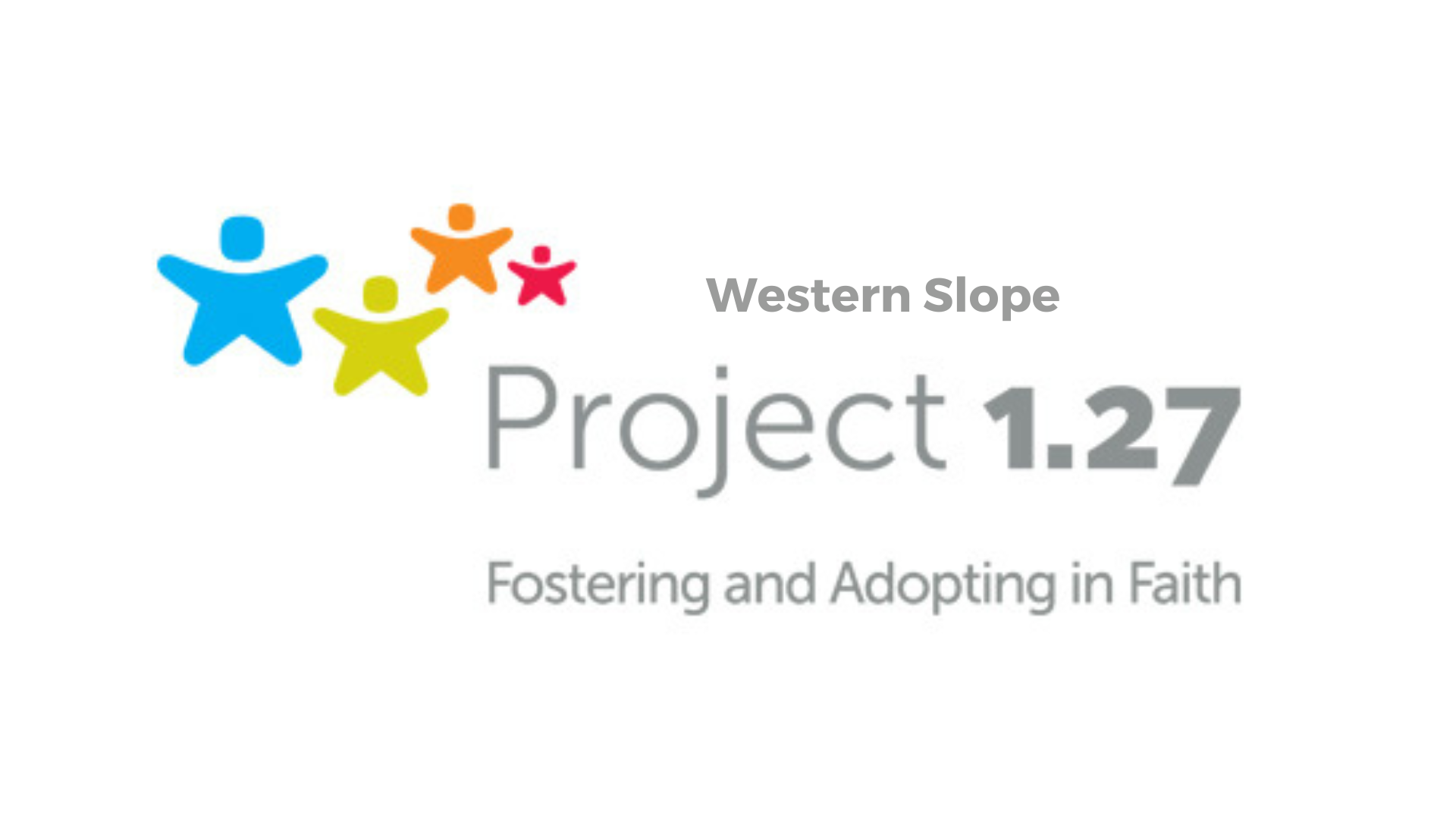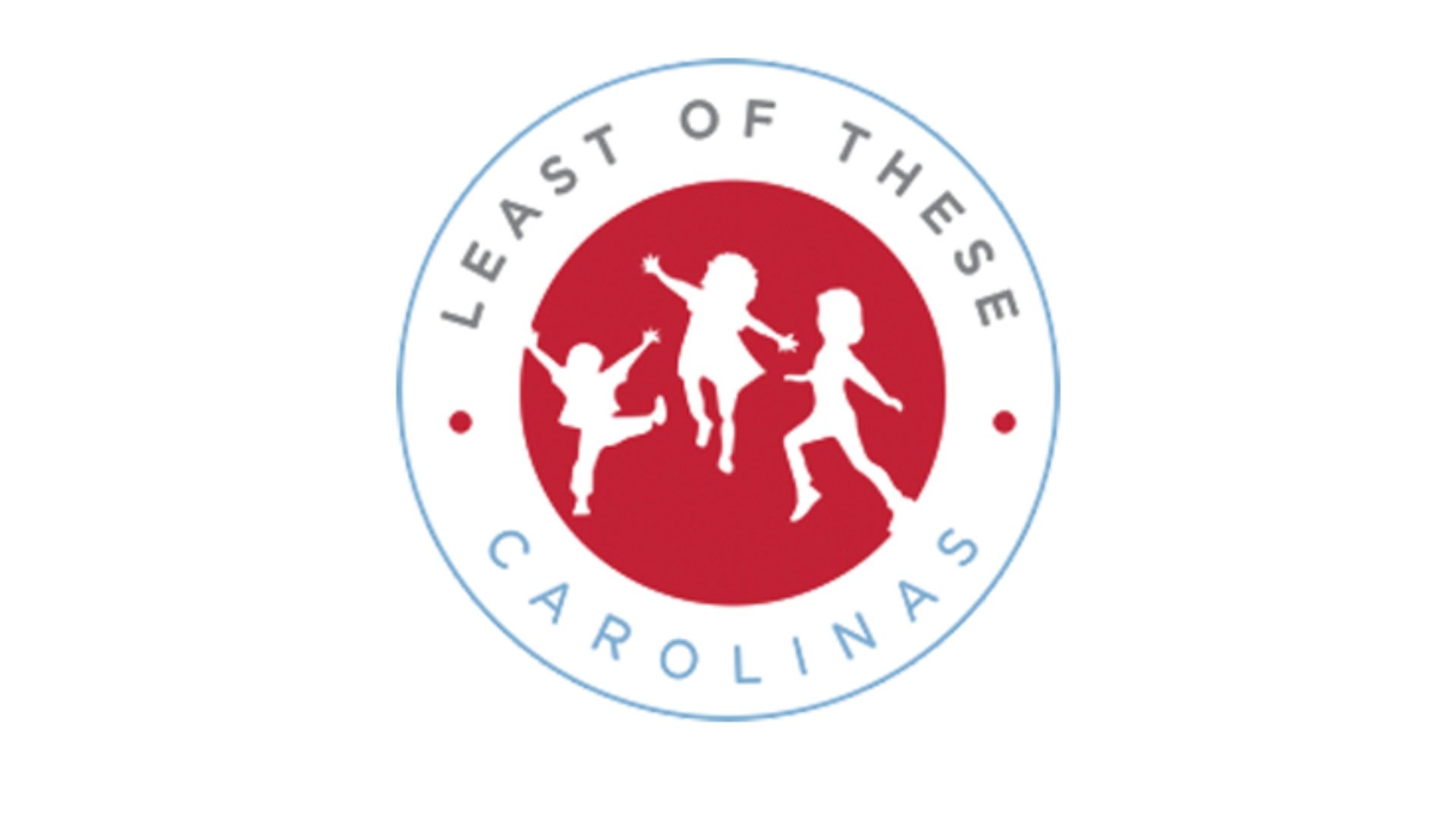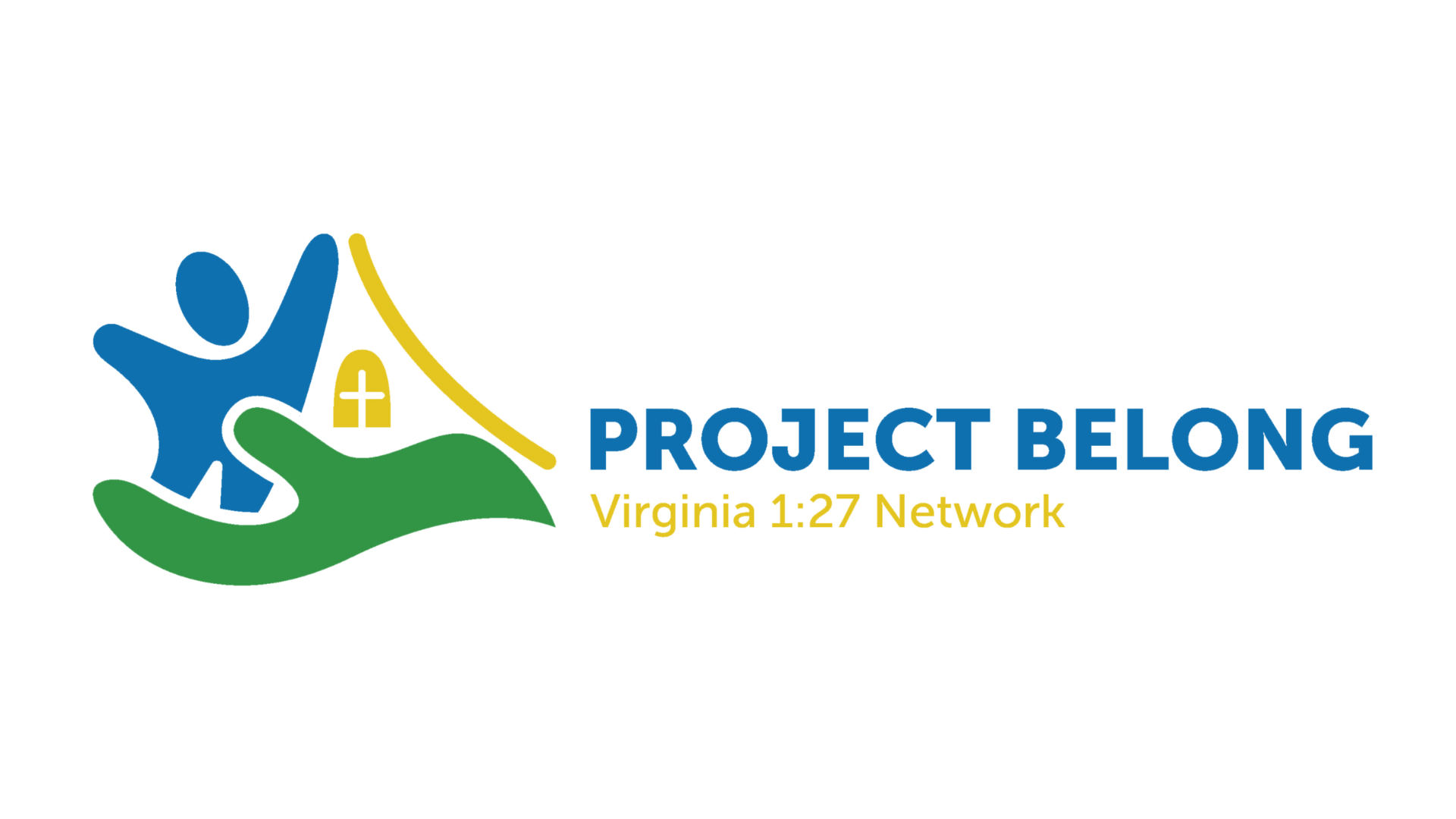
Serving Mecklenburg and Union Counties in North Carolina and York County in South Carolina
Child welfare professionals and volunteer advocates courageously step into impossible situations every day.
Their job is overwhelming, and their work with severely neglected and abused children often causes secondary trauma.
This reality leads to high turnover rates, which has a negative impact on youth in foster care.
VOLUNTEER AS A SOCIALIGHT
Through our Socialight program, CFK connects you to Child Welfare social workers and volunteer Guardian ad Litem advocates for the purpose of providing encouragement and support to continue interceding for vulnerable children in our city.
Click the link below to learn more about joining our Socialight team.
Interested in adopting the Socialight Program at your church or organization?
We believe in supporting child welfare social workers through radical hospitality!
CFK also works to support child welfare social workers in our city through acts of radical hospitality. What is radical hospitality? It can look many different ways! It may look like a lunch, or fun grab-and go snacks dropped off at various office, lunch and learn opportunities, drive-thru celebration events, motivating speakers and so much more!
Interested in becoming more involved or sponsoring a radical hospitality event? Contact our Socialight coordinator at socialight@cfknc.org.
“Foster children with one social worker achieve permanency, on average, 74.5% of the time and only 17.5% of the time when there is social worker turnover.”
“My Socialights have been such a blessing to me. They touch not only my heart but my soul with their words of inspiration during times that I have felt overwhelmed. They bring a smile to me as I read their sweet notes and remember what’s important. ”
Socialight is growing
Check out these organizations that have adopted the socialight program in their own communities across the nation.
Interested in what social worker turnover means for our state, county, and nation?
Check out this social worker turnover calculator for more information on the financial impact to our community and your local foster care system.
The Cost of Social Worker Turnover Calculator, created by RetailROI, is a tool that helps social workers, government officials, and legislators estimate the financial and social impact of losing case workers on the community.
This tool lets the user input a few local values and get some meaningful output in terms of the number of children affected and the short-term and long-term financial costs to the community. It also lets you see how lowering the turnover rate reduces the number of children exposed to turnover, how many case workers would remain in their jobs, and the financial improvement.










